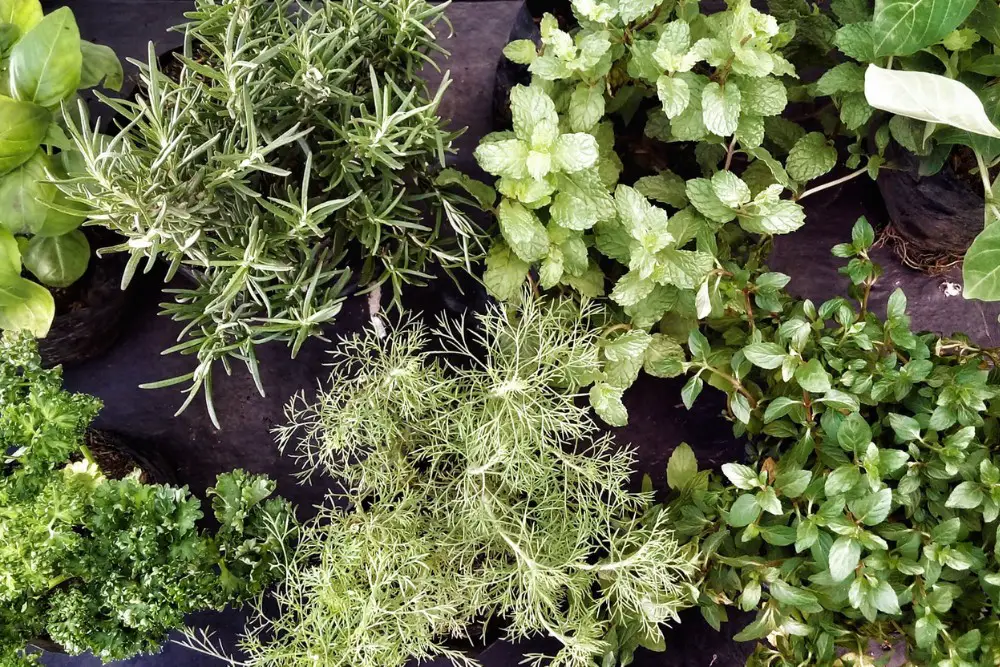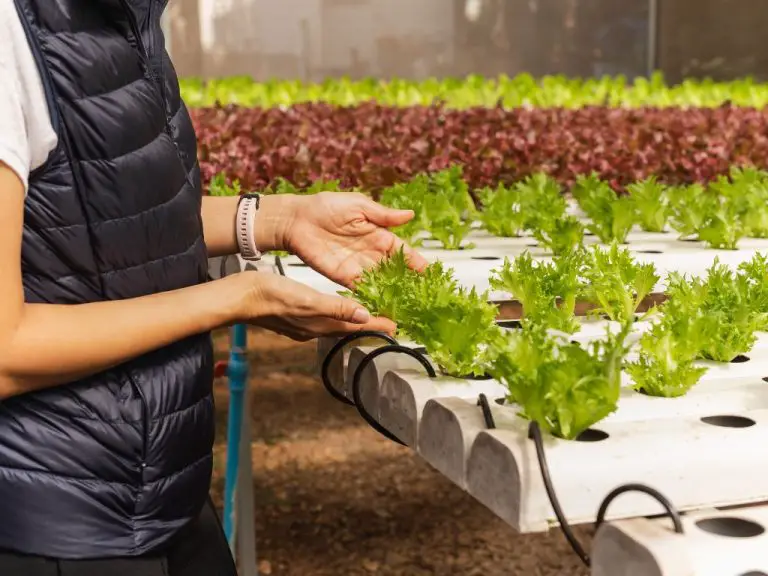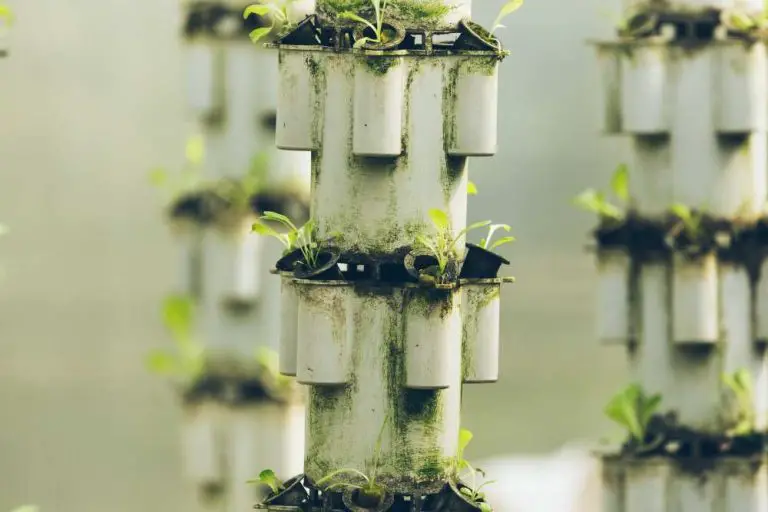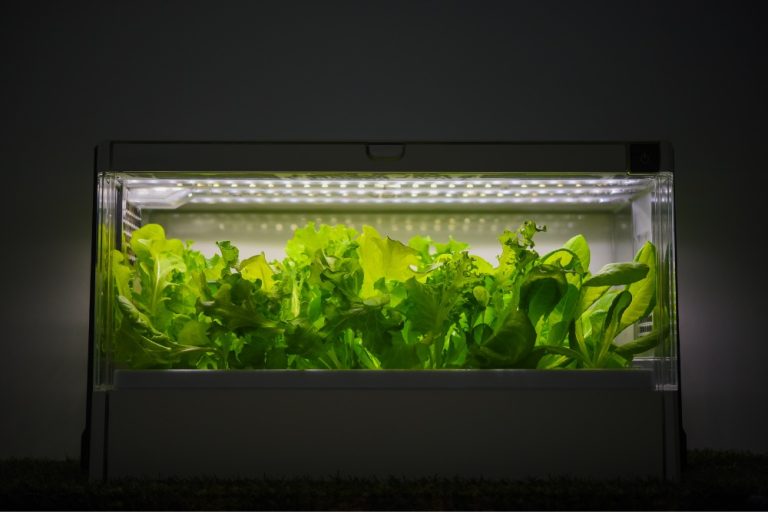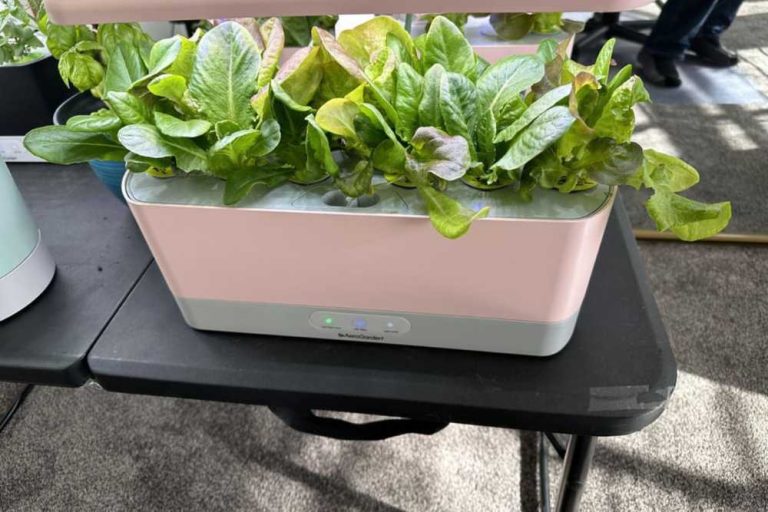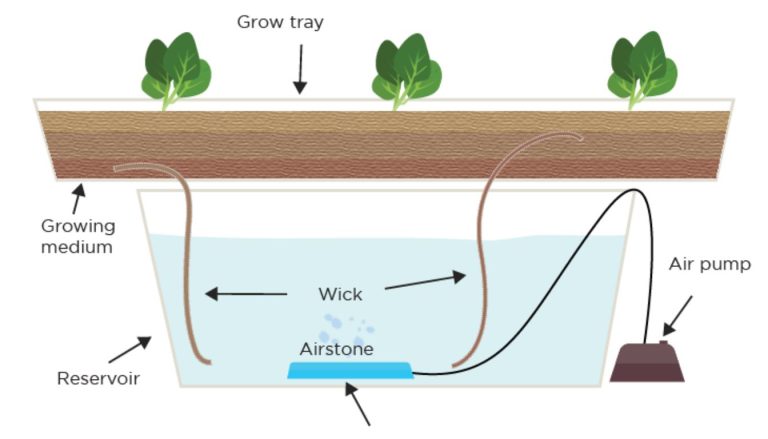17 Top AeroGarden Herb Tips for Thriving Plants
Do you love gardening but need more time or space to keep a traditional garden? Despite the difficulties, practicing your green thumb is possible with modern indoor AeroGardens. AeroGardens are fantastic because they allow you to grow fresh herbs, veggies, fruits, and flowers year-round indoors. They also help you save money on groceries while reducing your carbon footprint. This article will review the best AeroGarden herb tips and tricks for getting the most out of your indoor garden system
1. Select The Appropriate AeroGarden Size
Choosing the proper size is the first step to ensuring that your AeroGarden is functioning correctly for you. The easiest method to determine the appropriate size is to consider what you intend to grow and how many people you intend to feed.

2. Choose The Best Plants To Grow
Always be careful while choosing the plants you want to grow in your AeroGarden. To ensure that the plant grows well, high-quality seeds are required. Seeds must be placed in the proper location and at the appropriate time. Plants should be chosen depending on their growth cycle and the light required. The reason is that certain plants need more light than others. Some plants require more water than others do. Planting different types of plants together may help them thrive.
AeroGardens are also inside smart gardens; thus, plants that thrive indoors and under grow lights should be selected. What is suitable for growing can be determined by looking at the numerous seed pods AeroGarden offers. The size of your AeroGarden will also influence what you can grow. For example, if you wish to grow tomato plants in an AeroGarden, you should consider cultivating cherry tomatoes.
3. Grow Plants and Plant Seeds Together.
To ensure that the seeds develop together, you must plant them simultaneously. As a result, they will rise to the same heights at around the same time. This will also allow them to be exposed to light simultaneously. If one plant overshadows the smaller plant, the smaller plant will not get enough light. As a result, it may grow slowly or not at all. In your AeroGarden, you can place two plants next to one another if they are close to one another. But you want to keep your plants manageable, particularly if you’re growing two big plants.
4. For Larger Plants, Use Fewer Pods
Although AeroGardens are ideal for growing herbs and vegetables, growing tomatoes and other large plants in the AeroGarden is difficult if all of the pod slots are occupied by plants. Using fewer pod spaces at once is one method for larger plants to develop healthily and more effectively. This will provide your plants and roots enough space and light to thrive.
5. As The Plants Grow, Adjust The Lighting
All AeroGarden systems include the ability to adjust the brightness of the lights. Adjust the lights to be one inch away from the tallest plants. This permits the plants to reach their full potential. When trimming and harvesting plants, return the lights to about an inch above the tallest plants. This will continue to provide your plants with the best chance of success. If plant leaves come into contact with or are too close to the lights, they may burn, resulting in scorched leaves.
6. At Night, Turn Off The Lights
Plants require light to photosynthesize, but they also need darkness to sleep. Plants can be harmed by artificial light at night. Giving them too much light might lead them to create more chlorophyll than they require, as well as other issues, including stunted growth. Plants need darkness to thrive. If your AeroGardens lights are constantly on, or if there is no time for darkness, your garden will be unable to produce anything.
7. When Reminder Lights Suggestions, Add Nutrients
Plants require nutrients to thrive. Keep your plants healthy by adding nutrients as necessary. You should add more nutrients when the nutrient lights illuminate. When it’s time to add additional plant food to the water, the reminder lights will alert you.
8. Check That The AeroGarden Has Enough Water
Make sure your AeroGardens have adequate water to thrive and be healthy. Even if the added water level indicator does not indicate a low water level, water levels should still be checked frequently. Because the indications can occasionally fail or become inaccurate, you should always check the water level manually.
The Add Water indicator on older AeroGarden models may be on a timer rather than based on real water levels. Plants will only develop as quickly and significantly if they receive adequate water. The plants may also suffer and die. Maintaining water flow via the AeroGarden system is essential.
9. Every Few Weeks, Change The Water In The AeroGarden
Replace the water in your AeroGarden every few weeks. It’s easy to overlook this and allow the water to stagnate. This can result in algae blooms, fungi, bacteria, or harmful diseases to the plants. With new plants, you should start with clean water. Keep the AeroGarden clean and disinfected at all times. Diseases won’t be transferred from the old plants to the new ones by changing the water and beginning fresh. If the water isn’t fresh, nutrients might build up in it, causing blockages and pump failures. Changing the water will aid in the prevention of blockages.
10. Clean Up Your AeroGarde
Maintain the cleanliness of your AeroGarden. You don’t want to leave mold, mildew, or other impurities behind. Take immediate action if you notice any nutrient buildup, mineral deposits, plant or root remains, or discoloration in the base. As previously said, changing the water every few weeks will help avoid nutrient and mineral buildup. Wipe off the top of the AeroGarden deck every 1-2 weeks to keep dust and dirt from building on the surface. When you see dead plant leaves or fallen leaves, remove them. This will help them not attach to the surface. It’ll be much more difficult to remove once it’s stuck.
Empty the reservoir, rinse the bowl, and refill it with clean water. AeroGarden advises this. They conducted numerous research and discovered that plants grew more robust and healthier when water was replaced regularly.
11. Refrigerate AeroGarden Herbs
Herbs, particularly basil, may grow quickly so that you can have a plentiful harvest. But what do you do with all the extras? Herbs should be used within 6-7 days of harvesting. They should be kept cold and dry, away from direct sunshine. Please keep them in a tightly sealed container or bag. Place them away from heat sources such as radiators or ovens. If you want to use herbs soon, it is preferable to keep them in the refrigerator to preserve their flavors and freshness. If you aren’t utilizing the herbs, veggies, or fruits immediately, you can freeze them.
12. AeroGarden Plant Roots Should Be Trimmed.
Some plants will develop huge roots, which might cause significant problems for the plants in the AeroGarden. To avoid harm to the AeroGarden pump, you may need to clip those roots back. The pump may stop and break if the roots become entangled in it. With scissors or pruning shears, trim the roots back. Make sure you only cut the roots and not the stems.
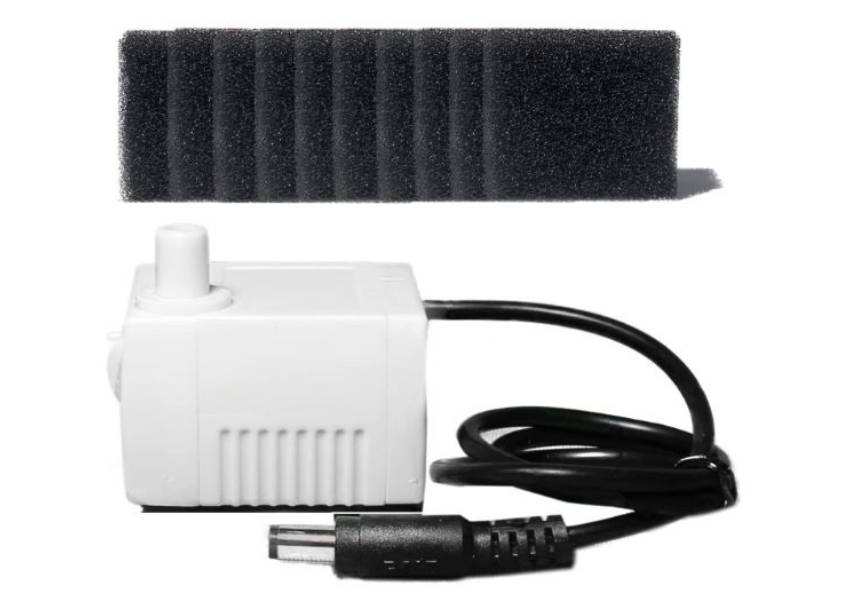
13. Regularly Trim AeroGarden Plants
Trim the plants in your AeroGarden regularly. This promotes healthy growth and keeps the plants from getting overly tall or asymmetrical, with one side growing much taller than the other. It’s vital to note that as the plant grows larger, you’ll need to raise the lights higher. As a result, the bottom parts of the plant will receive less light. A light reflector, as previously indicated, can also be useful. Plant trimming will also stimulate new growth. It’s an excellent technique to increase the productivity of your plants and AeroGarden.
NEVER cut more than one-third of your plants at a time. Allow them some time to grow and replenish after you trim them. If the plants are too tall for the AeroGarden, you can ‘teach’ them to grow out rather than up by cutting the top of the plant off above the 5th stem. This encourages the plant to develop and fill out laterally rather than vertically.
14. Make Use Of Light Reflectors
You can create a light shield around your AeroGarden to increase the effectiveness of the LED lights. This can be done using a pre-built wrap-around reflective surface, or it can be done with items found about the house, such as aluminum foil, or upgraded with a mylar film roll or strips. These light reflectors aim to make the most of the available light. Light reflectors are straightforward but effective. AeroGarden light reflectors direct light towards regions other than the top of your AeroGarden and plants. They are essential for directing light to the sides and bottom of plants, allowing them to grow more effectively.

15. Make Use Of Proper Supports For Higher AeroGarde Yields
Growing specific plants in a conventional garden, such as tomatoes, peas, beans, and even some flowers, are beneficial for a few reasons. The most crucial reason to support your plants is to keep them from ‘crushing’ under the weight of heavy fruit or vegetables. For instance, tomatoes grow heavy fruit that, if the plant’s branches are not supported, can actually break the branches and cause the plant to die. Supporting your plant provides more sunlight to reach the plants and allows air to circulate through them, aiding in growth and pollination.
- 15 Ingenious Kitchen Garden Ideas to Cultivate Freshness Right at Home - April 7, 2024
- 10 Top Picks Best Plants for Open Terrarium - April 2, 2024
- 21 Easy and Cheap Walkway Ideas for a Charming Garden - March 31, 2024

